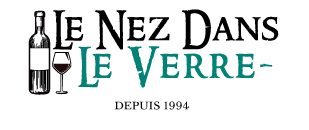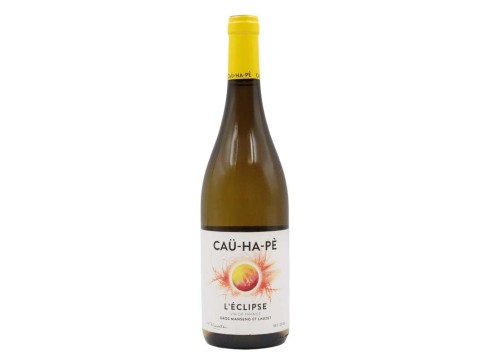-
 Français
Français
-
 English
English
-
 Deutsch
Deutsch
-
 Español
Español
-
 Italiano
Italiano
-
 Português PT
Português PT
List of products by manufacturer Domaine Cauhapé
Henri Ramonteu, a strong character in Jurançon, has built up and made known, in one generation, this 40-hectare estate located in the Monein area.
With a lot of thought, he has elaborated a range of dry and sweet wines that correspond to two very precise styles: the entry-level wines, accessible in their youth, in a frank style; the prestige vintages, much more concentrated and rich, destined to be kept.
Henri Ramonteu comes from a farming family that practised traditional Béarn polyculture. In 1988, he decided to sell his cows and abandon his corn. It was to be wine, nothing but wine, in the most perfect unconsciousness.
From his modest origins, his path has led him to the French Wine Academy. "Can you imagine? Me, a peasant, becoming an academician!" Like Alain Brumont in Madiran, Henri Ramonteu can't resist buying a plot of land. He has expanded his estate through purchases or leases, until it now covers 43 hectares on hillsides facing south-east or due south, such as the one overlooking the village of Monein from which the Quintessence cuvée is made.
Twenty years ago, Henri Ramonteu entered the gotha of the great wines of the South-West thanks to his extreme cuvées of sweet wines - made from grapes sometimes harvested after the 1st of January and offered at crazy prices at the time.
He gradually reduced his production of sweet wines to concentrate on dry wines. His challenge: to bring his dry wines up to the level of the sweet wines while seducing the consumer and enhancing the value of his production. Because if the great sweet wines feed the chronicle or the occasional consumption, it is the dry wines which make the life of such a vast property, with 65 % of the production today.
Informed of the desires and tastes of the consumers through shows and tastings with his clientele, this winegrower took the side of the fruit wines, very aromatic, less acid, softer and of immediate seduction. At least in his entry-level range. To achieve this, the vinifications have been adapted. In order to extract the aroma precursors present in the skin of the fruit as well as possible, the grapes are brought in crates and put in a cold room for one night at 8-10°C. After de-stemming, the grapes undergo a pre-fermentation maceration under CO2 for 12 hours, a crushing and a pressing with separation of the juice into three categories. Oxygen is allowed to dissolve and the polyphenols are stripped off, sulphiting is carried out later.
After decanting, the juices are seeded and fermented in temperature-controlled stainless steel tanks. 20% of the wines undergo malolactic fermentation. For the Canopée cuvée, made from 100% Petit Manseng, the juice is fermented in barrels after direct pressing.
As for the mellow wines, the Ballet d'Octobre cuvée (gros and petit mansengs aged for 8 months in barrels of 3 to 4 wines) follows the same process. There is direct pressing for the following ones: Symphonie de Novembre (1st trie of petit manseng vinified, aged 10 months in one-wine barrels), Noblesse du Temps (2nd trie of old petit manseng vines, fermented and aged 18 months in new barrels), or the mythical Quintessence (9 hl/ha harvested just before Christmas, pressed for 18 hours, fermented and aged for 18 months in new barrels), or the improbable Folie de Janvier, harvested the year following the vintage, fermented and aged for 30 months in new barrels, at barely 5 hl/ha.



